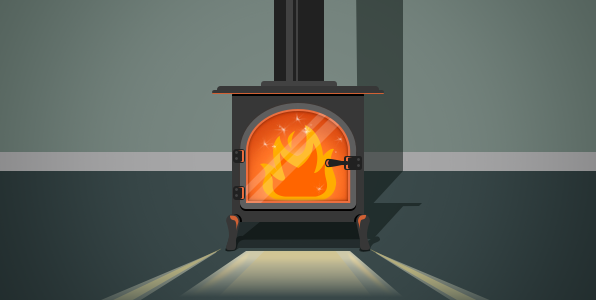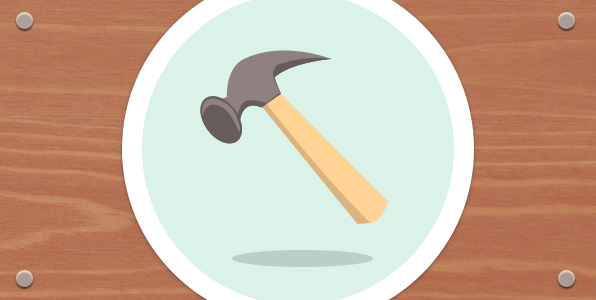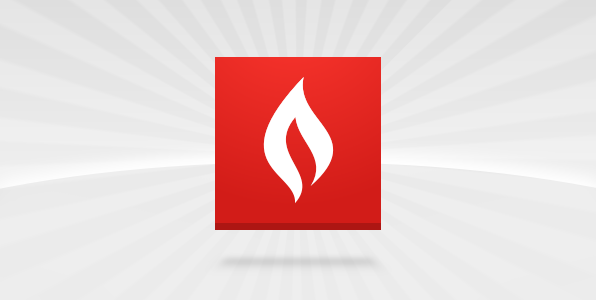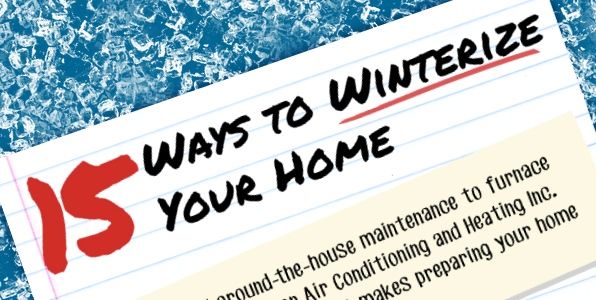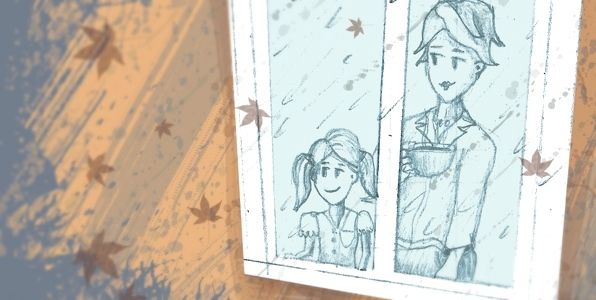Stay Warm Safely: 5 HVAC Don’ts
What not to do with your heating system
When it comes to home improvement, more people than ever are taking matters into their own hands. DIY projects seem to be the trend du jour, particularly since there is so much free information online in the form of homeowner suggestions, blog posts, and video tutorials. There are some things that are dangerous to take into your own hands, though, and even some DIY projects that can end up costing you more in the end in the way of repairs.
One tricky area of DIY home improvement is HVAC. Whether you are planning to do actual work on the heating, ventilation, and air conditioning systems in your home or you have other projects that may impact these systems, you should always play it safe.
Learn about 5 things to be sure to avoid as you seek to improve your home and stay comfortable.
Don’t cover up vents in unused rooms.
It may seem smart to close wall vents or place furniture over floor vents in rooms that aren’t often visited, but this is actually counterproductive. Air flows more efficiently through a home if it moves in the way it was intended. Blocking vents can actually obstruct air and compromise the overall efficiency of your system.
Don’t cover up return air vents.
You may think that there is really no purpose for return air vents (since they do not actually push any air into your home) but that sort of thinking can be costly. Return air vents are designed to help air systems “breathe,” and when that part of the system is covered or blocked, it causes stress on the rest of the system. Your air conditioner has to work harder to produce cold air, and your furnace has to work harder to produce warm air. When those systems work harder, or kick on more often, your utility bill rises.
The U.S. Energy Information Administration estimates that, this winter, heating costs will rise 13 percent over the average from the past five winters—so you should do everything possible to keep your costs low. Covering return vents also interferes with the air pressure in your home and can lead to uncomfortable air and even pain for people who have ear sensitivity related to air pressure.
Don’t store items near outdoor units.
Remember to NEVER store items on top of outdoor units because it blocks the flow of the fan—and that air flow simply cannot be restricted if the unit is to operate efficiently. As a common-sense rule, do not plant bushes or shrubs too close to the unit because overgrowth can restrict air flow—and it also makes it difficult for service providers to tend to the unit. All outdoor units should be positioned 4 to 8 inches from the ground so the coils are able to properly drain and remain free of snow and ice.
Don’t store flammable items in furnace closets.
Not all closets are created equal. The one that houses your furnace should never contain any flammable items, like cardboard boxes, clothing, aerosol cans, paint or gasoline. In fact, it is probably best to keep everything from touching your HVAC unit and keep that closet or storage space clear of any unnecessary belongings. This gives your unit enough air and space to operate efficiently, and reduces dangerous fire hazards in your home.
Don’t neglect your furnace filter.
Be sure to change your furnace and air conditioning filters once each month during peak seasons to prevent them from clogging and potentially overheating the unit. A clean filter also lowers utility costs, so it makes sense to stock up on them every few months and set a reminder on your phone or calendar to change them the same day each month. Proper maintenance is the best prevention when it comes to HVAC systems.
Temperature-controlled homes are a modern luxury that many take for granted but quickly come to appreciate when they are not working correctly. By taking smart steps to keep your HVAC system running properly, you will save yourself costs and headaches down the road. Plus, why do all the grunt work yourself when you can call a reliable HVAC technician like Bob Jenson Air Conditioning and Heating to take care of it for you properly?

